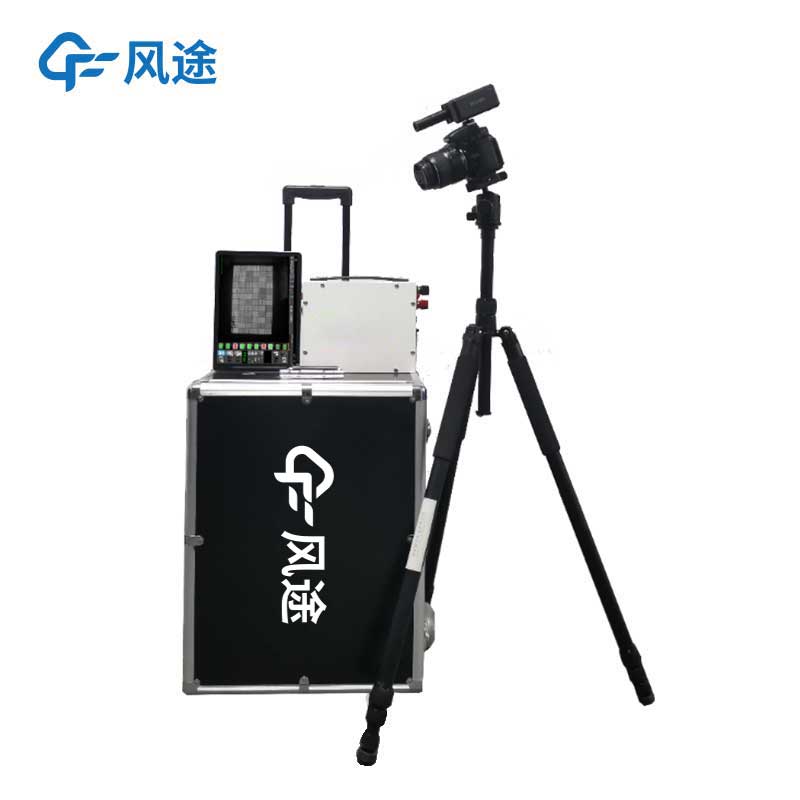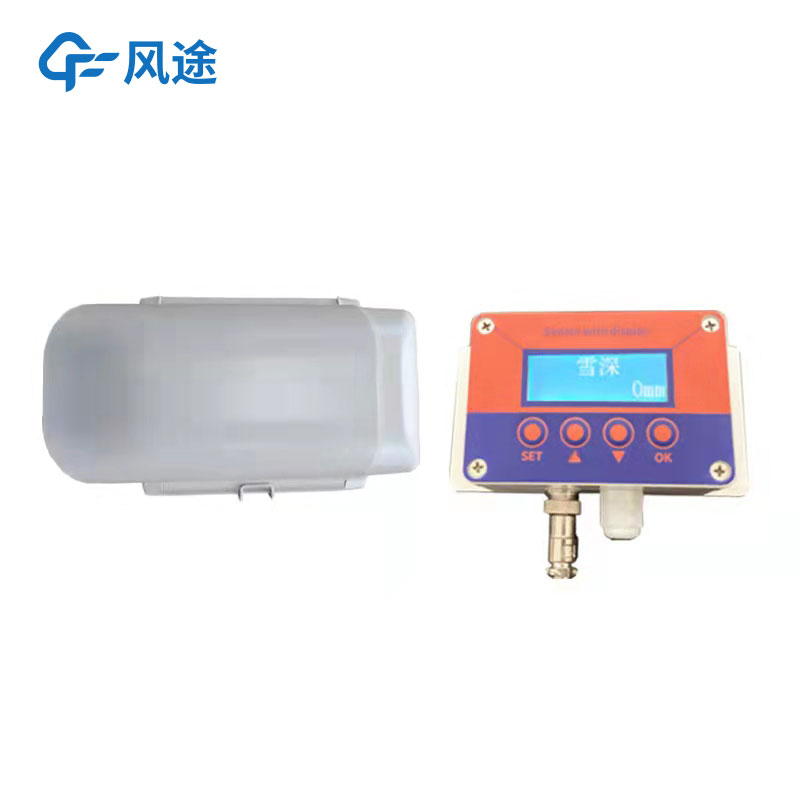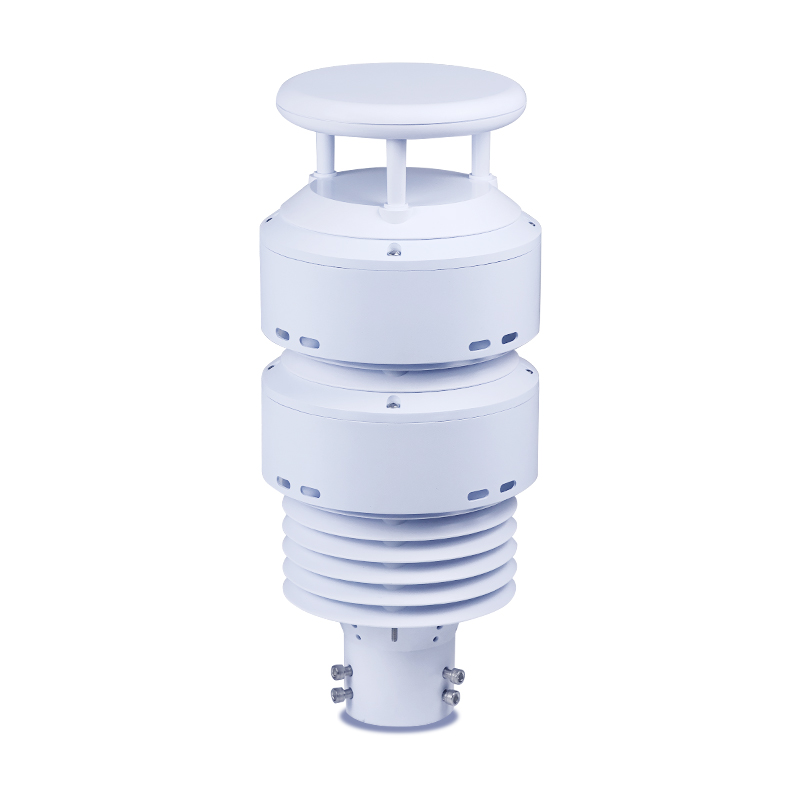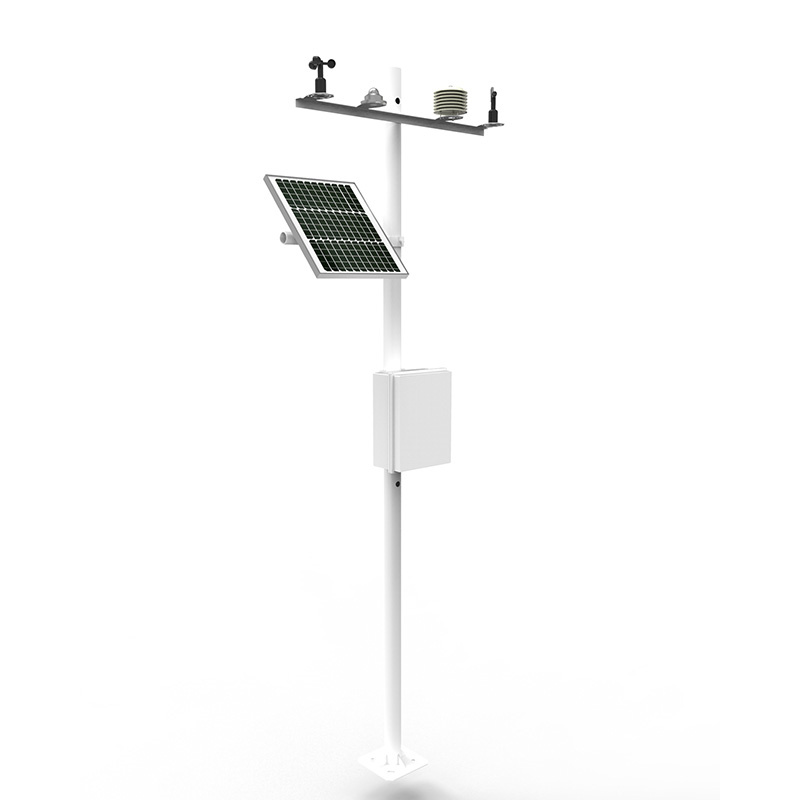Product
Recommended article
- One - Stop Dust Monitoring Solution
- How Forestry Weather Stations Bolster Forest Fire Prevention Efforts
- Discover the Power of Negative Oxygen Ion Monitoring System for Cleaner Air
- Comparative Analysis of Ultrasonic and Automatic Weather Stations in Meteorological Monitoring
- Breaking Through the ‘Last Meter’ with Online Dust Monitoring System
- Mastering Road Conditions with Road Weather Station
Contact us
Shandong Fengtu IOT Technology Co., Ltd
Sales Manager:Ms. Emily Wang
Cel,Whatsapp,Wechat:+86 15898932201
Email:info@fengtutec.com
Add:No. 155 Optoelectronic Industry Accelerator, Gaoxin District, Weifang, Shandong, China
Functions of the Integrated Cloud Gauge application
Article source:Weather station time:2024-03-21 08:56:01 viewed:31times
The main functions of the Integrated Cloud Gauge application software are:
Communicate with the integrated cloud gauge to obtain detection data and equipment status, and send commands.
Display and save the cloud gauge's detection results.
View historical data and images for a specific time period.
The software interface is divided into two parts: "real-time measurement" and "historical data". The "real-time measurement" interface includes four display areas: image, text, status and trend.
The "Text Area" displays the real-time sky status, centre cloud height and cloud amount data.
The "Status Area" displays the connection and working status of the device, red is abnormal and green is normal.
The "Trend Area" displays real-time changes in cloud amount and centre cloud height for the last hour.
The "Historical Data" screen displays historical images, text results, status, extended cloud altimeter results and 24-hour cloud trends.
Common cloud measurement devices include laser cloud gauges, millimetre wave cloud radar, imaging cloud gauges and integrated cloud gauges. They observe cloud properties through different technical principles, each with its own advantages that complement each other.
The integrated cloud altimeter is based on the metre scattering principle. By measuring the scattering signals of infrared light beams in the atmosphere, it determines the cloud conditions and calculates the height and thickness of the cloud bottom. It also estimates aerosol extinction coefficient, atmospheric boundary layer height and vertical visibility. Through continuous observation, the laser cloud altimeter can also help us estimate the cloud amount.
Features:
(1) Compact and easy-to-operate equipment, simple maintenance, wide measurement range, strong anti-interference ability, suitable for a variety of application scenarios.
(2) Provide high temporal and spatial resolution cloud evolution information.
(3) Capable of capturing thin and low-middle clouds.
(4) All-weather operation, not affected by bad weather.
(5) Friendly operation interface, simple maintenance, no consumable devices.
(6) Dual lens design, strong self-test function, high sampling accuracy.
(7) High sensitivity optical parts, day and night can be measured.
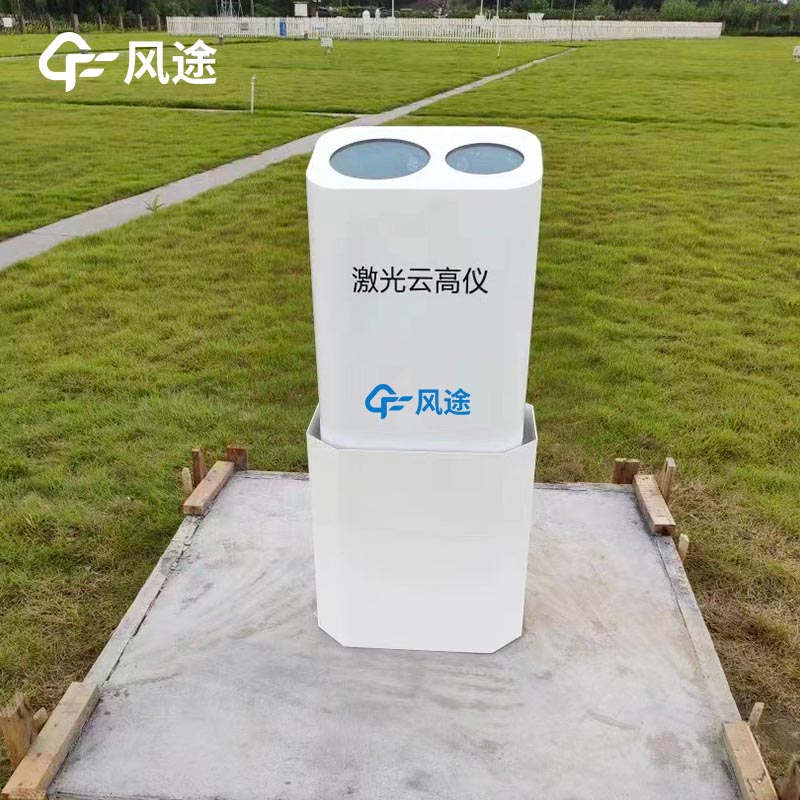
This paper addresses:https://www.yf182.com/industry/253.html
Related products
Related article
-
Negative Oxygen Ion Detector Company
2024-05-14 -
What are the must-have equipment for a small weather station on campus?
2024-06-28 -
Compact weather station with a variety of functions
2024-07-11 -
The Hazards of Airborne Particulate Matter (PM) and the Role of PM2.5 Air Quality Monitor
2024-11-14 -
Local Air Quality Soars as Dust detector Drives Effective Pollution Control
2024-12-06 -
Fengtu Agricultural Meteorological Stations,Climate-Smart Farming
2024-08-19 -
Dust Detector: Navigating the Challenges of dust pollution in construction
2024-12-26 -
Important role of automatic weather stations
2024-03-06


